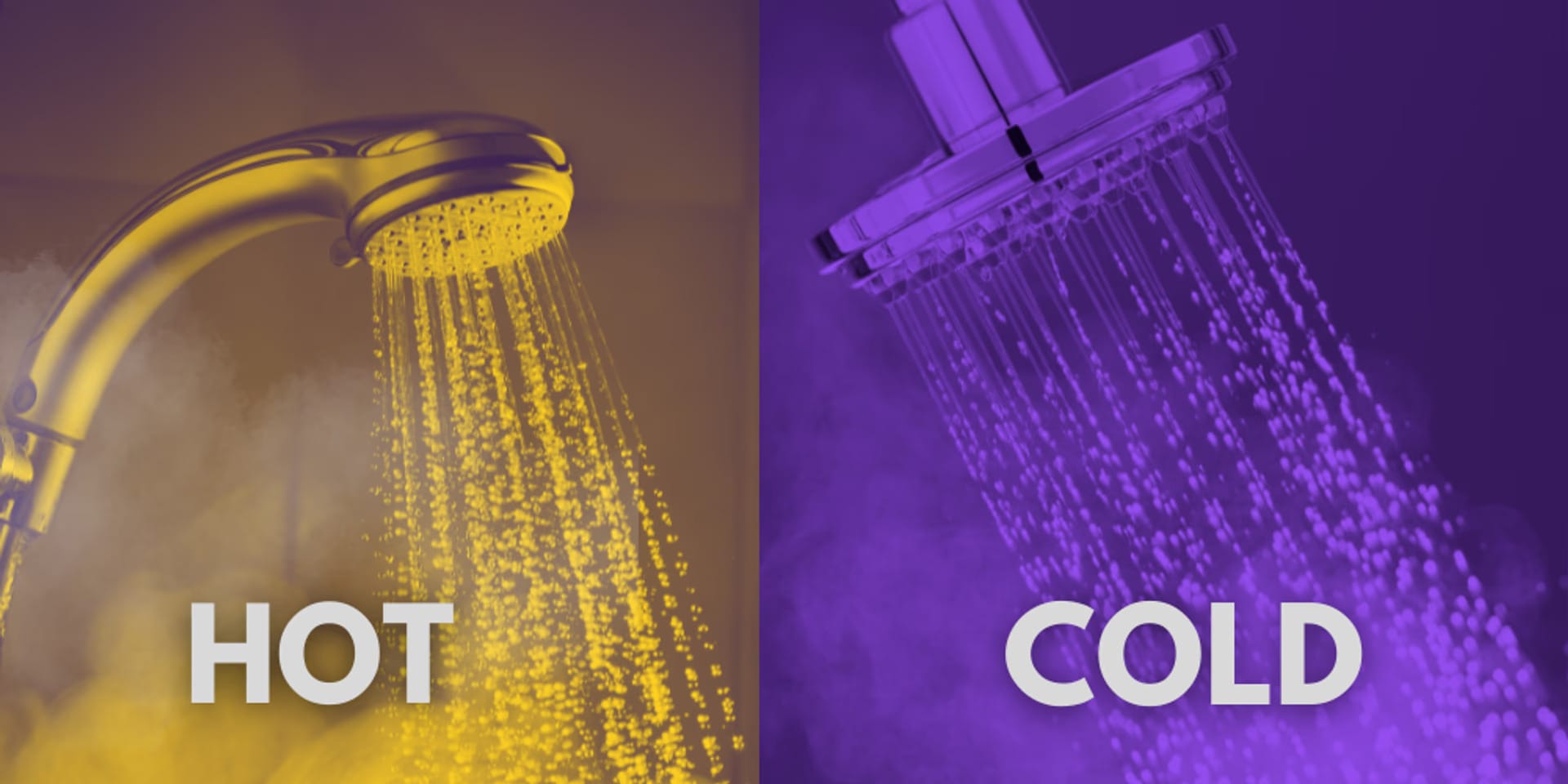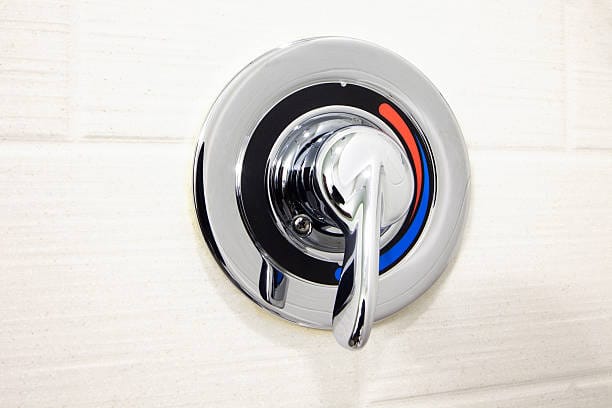Hot or Cold? Exploring the Benefits of Cold Showers and Heat Therapy for POIS Relief
Managing the symptoms of Post-Orgasmic Illness Syndrome (POIS) can be a challenging task, with many individuals seeking alternative and complementary treatments to relieve discomfort. Among these treatments, temperature-based therapies—specifically cold showers and heat therapy—have shown promise for reducing inflammation, easing pain, and helping with relaxation. But how effective are these methods for managing POIS symptoms, and which one should you try? In this post, we explore the benefits of cold and heat therapy, their potential impacts on POIS symptoms, and how to incorporate them into your wellness routine.

The Science Behind Cold Showers
Cold showers, or cold water immersion, have long been touted as a way to improve circulation, reduce muscle soreness, and boost mental clarity. For POIS sufferers, cold showers could offer specific benefits that help manage both the physical and mental symptoms associated with the condition.
Key Benefits of Cold Showers for POIS Symptoms:
-
Reduced Inflammation: Cold water exposure causes blood vessels to constrict, which can reduce swelling and inflammation. Since POIS can trigger inflammatory responses, taking cold showers might help mitigate these reactions, leading to less overall discomfort.
-
Pain Relief: Cold showers can act as a natural pain reliever by numbing the body and reducing muscle tension. This is especially helpful for individuals who experience physical pain, soreness, or tension post-orgasm.
-
Enhanced Circulation: The body responds to cold water by improving circulation, especially in the muscles and vital organs. This increased blood flow could aid in the body’s recovery process after a POIS episode by delivering more oxygen and nutrients to inflamed or damaged areas.
-
Mood Improvement and Mental Clarity: Exposure to cold water is known to stimulate the release of endorphins and norepinephrine—neurochemicals that help improve mood and cognitive function. For individuals struggling with brain fog, fatigue, or mood swings as part of their POIS symptoms, cold showers might provide a much-needed mental boost.
-
Improved Sleep: Cold showers can help regulate body temperature, which promotes better sleep—a critical factor in recovering from POIS. A cold shower taken before bed can help signal to your body that it’s time to wind down and rest.
Practical Tips for Incorporating Cold Showers into Your Routine
-
Start Gradually: If you’re new to cold showers, start by alternating between warm and cold water for short periods, gradually increasing the time spent under cold water as your body adapts.
-
Focus on Key Areas: Pay special attention to areas where you experience the most discomfort, such as the neck, shoulders, or back. Letting cold water run over these areas can help reduce tension and inflammation.
-
Short but Effective: You don’t need to spend a long time in the cold. Even a quick 2-3 minute cold shower can provide noticeable benefits in terms of mood and pain relief.
Heat Therapy: The Healing Power of Warmth
On the other end of the spectrum is heat therapy, which has been used for centuries to alleviate pain, reduce muscle stiffness, and promote relaxation. Heat works by increasing blood flow to affected areas, loosening tight muscles, and soothing both physical and mental tension. For POIS sufferers, heat therapy may be particularly useful for managing the post-orgasmic muscle pain and fatigue that often accompany the condition.
Key Benefits of Heat Therapy for POIS Symptoms:
-
Relaxation of Muscles: Heat helps to relax muscles by increasing blood flow and improving flexibility. If POIS leaves you feeling tense and sore, applying heat to affected areas (like your back, neck, or shoulders) can offer quick relief from stiffness and discomfort.
-
Increased Circulation: Similar to cold showers, heat therapy promotes better blood flow, but it does so by expanding blood vessels rather than constricting them. This improved circulation can speed up the recovery process by delivering more oxygen and nutrients to damaged tissues.
-
Reduced Stress and Anxiety: Heat is known for its calming properties, helping to reduce stress hormones and promoting a sense of relaxation. After a POIS episode, when anxiety or stress levels may be high, using heat therapy (through a heating pad, warm bath, or sauna) can provide emotional relief.
-
Pain Management: Heat therapy is an effective natural pain reliever, particularly for individuals dealing with chronic or acute pain. Whether you prefer a heating pad, hot water bottle, or warm bath, applying heat to areas of discomfort can help soothe the body and reduce pain perception.
Practical Tips for Incorporating Heat Therapy into Your Routine
-
Use a Heating Pad: Heating pads are a convenient way to apply targeted heat to areas where you experience pain or tension. Simply place the pad on your back, neck, or abdomen for 15-20 minutes at a time.
-
Take Warm Baths: A warm bath with Epsom salts can help relax the entire body, reduce muscle tension, and relieve inflammation. Consider incorporating aromatherapy (using lavender or eucalyptus oils) for added relaxation.
-
Use a Hot Water Bottle: If you don’t have access to a heating pad, a hot water bottle can be a simple and effective alternative for applying heat to sore or tense muscles.
Cold vs. Heat Therapy: Which Is Better for POIS Symptoms?
Both cold showers and heat therapy offer unique benefits for POIS sufferers, and deciding which to use depends largely on your specific symptoms and preferences. Here’s a quick comparison to help guide your decision:
Cold Showers Are Ideal If You:
- Experience inflammation or swelling after a POIS episode.
- Struggle with brain fog, low mood, or fatigue.
- Need a quick, energizing boost in the morning or after a workout.
Heat Therapy Is Ideal If You:
- Feel muscle soreness, stiffness, or tension after a POIS episode.
- Need to relax and de-stress at the end of the day.
- Prefer a calming, soothing approach to pain management.
Cold vs. Heat Therapy: Which Is Better for POIS Symptoms?
One of the most effective strategies may be alternating between cold and heat therapy. This method, known as contrast therapy, involves switching between cold and warm temperatures to stimulate blood flow and reduce inflammation.
- How to Try Contrast Therapy:
- Begin with a cold shower or cold compress for 1-2 minutes.
- Follow with heat therapy (using a heating pad or warm bath) for 5-10 minutes.
- Repeat the cycle 2-3 times for maximum benefit.
This combination approach can help balance the body’s inflammatory responses, promote faster recovery, and offer both pain relief and relaxation.
Conclusion
Cold showers and heat therapy are both viable options for managing POIS symptoms, and both methods offer their own unique set of benefits. Cold showers can energize the body, reduce inflammation, and improve mood, while heat therapy relaxes muscles, relieves pain, and reduces stress. By experimenting with both, you can determine which method works best for your specific POIS symptoms or, better yet, combine the two for comprehensive relief. Regardless of which path you choose, temperature therapy can be a valuable tool in your POIS management plan, helping you feel more in control of your recovery process.
